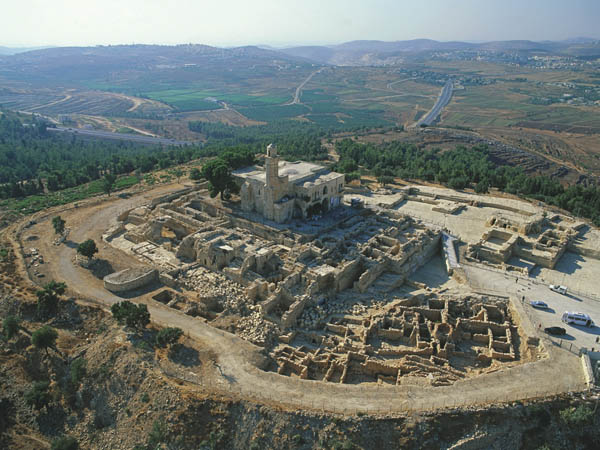Image Details

Duby Tal/Albatross
A SIGHT TO BEHOLD. The extensive ruins of Crusader Montjoie sit atop a narrow hill about 5 miles northwest of Jerusalem’s Old City. From the walls of this once-towering fortress, road-weary warriors and pilgrims journeying from distant Christian lands caught their first glimpse of the Holy City. So moved by this glorious and long-awaited view of Jerusalem, pilgrims would walk barefoot the rest of the way, their crosses prominently displayed before them.
Tradition associates this ancient hilltop, however, with more than just its scenic view of Jerusalem. Today, the site is called Nebi Samwil, and a mosque marking a traditional tomb of the prophet Samuel dominates the surrounding Crusader ruins. Author Yitzhak Magen argues that while Samuel was certainly buried elsewhere, historical and archaeological evidence identifies the site as Biblical Mizpah, where Samuel assembled “all Israel” and anointed Saul as king. Magen’s arguments call into question the long-standing identification of Mizpah with nearby Tell en-Nasbeh.
